at Golden Sugar Apapa Lagos (55 tones per hour)
The installation of an industrial boiler is a complex and multi-stage process that requires careful planning, adherence to safety standards, and coordination among various teams.
Emdem Tech Integrated Limited comprehensive outline of the stages involved in the Boiler Installation at Golden Sugar Apapa Lagos (55 tones per hour)
Golden Sugar Company is a wholly owned subsidiary of Flour Mills of Nigeria Plc, and a member of the FMN Group. The company operates one of the biggest Sugar Refineries in Nigeria, with a capacity to process 750,000 metric tons of Sugar per annum, Emdem Tech Integrated Limited recently installed a new boiler system, precisely August, 2024.
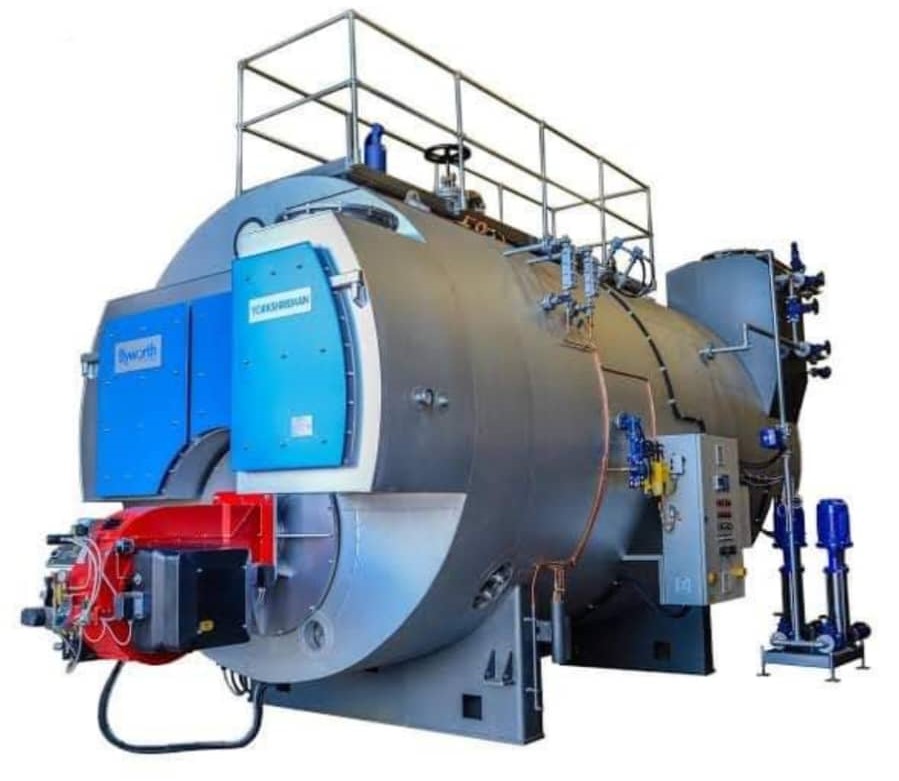
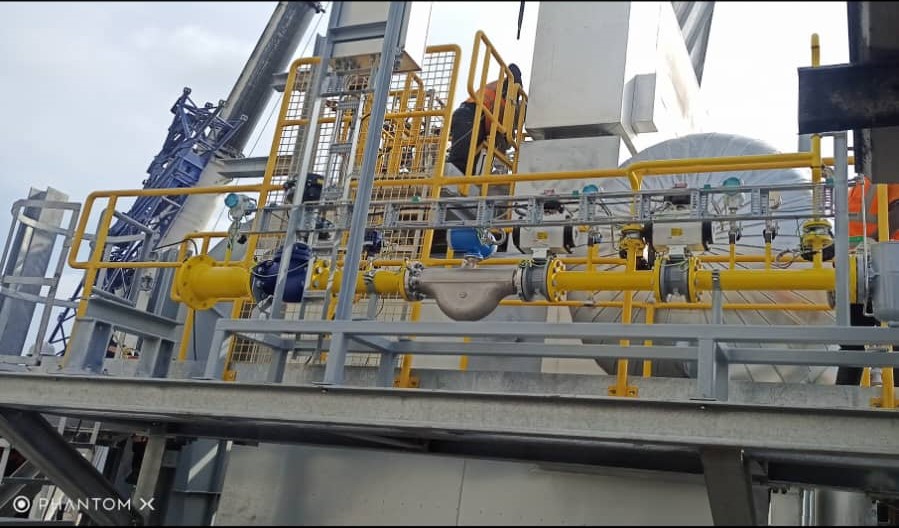
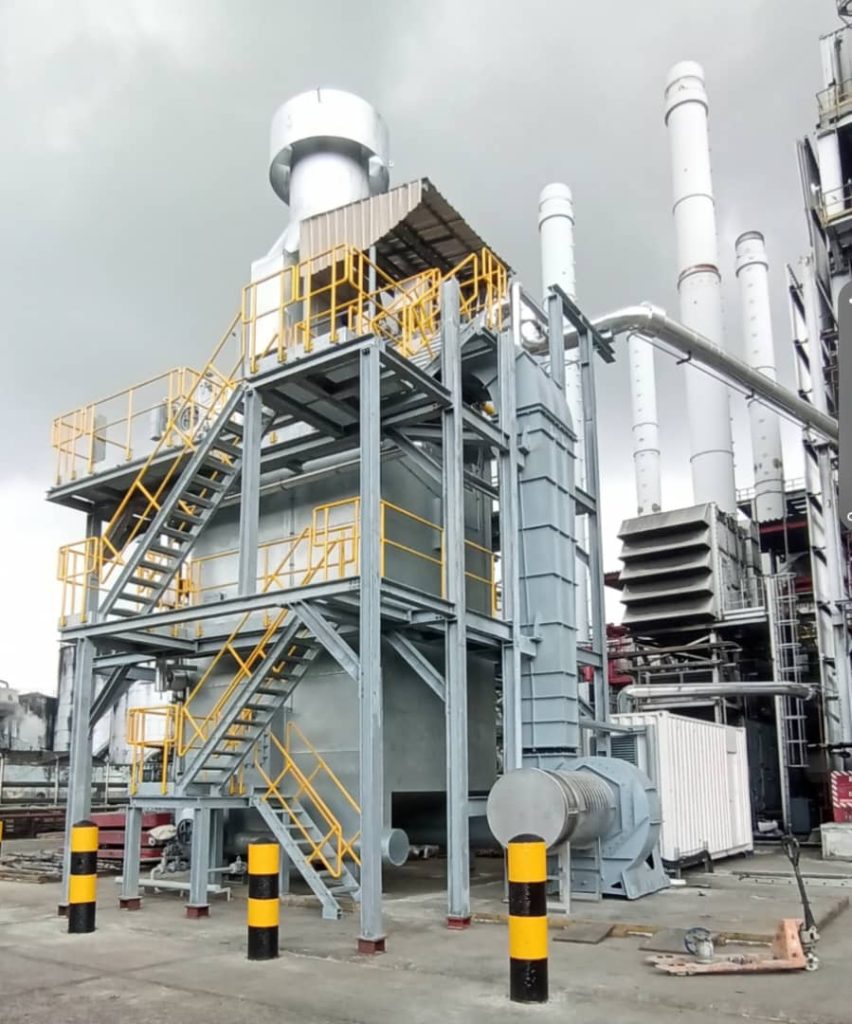

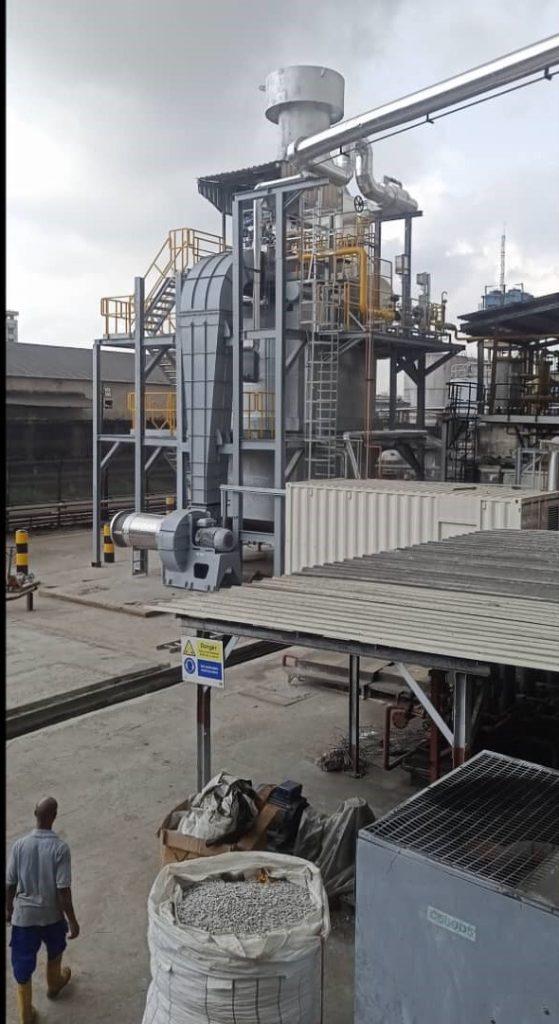
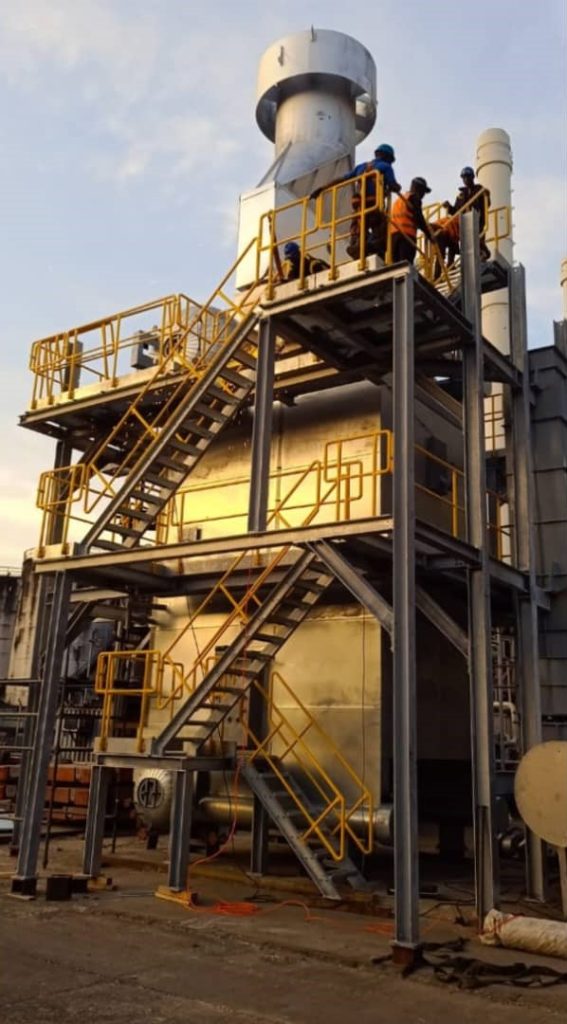
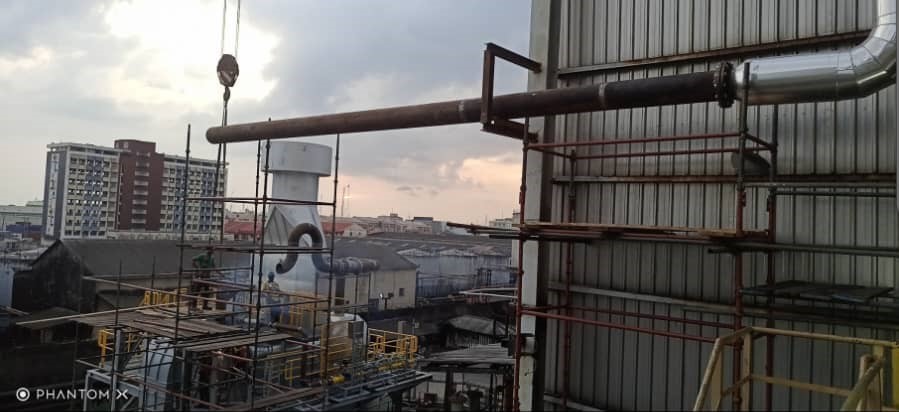
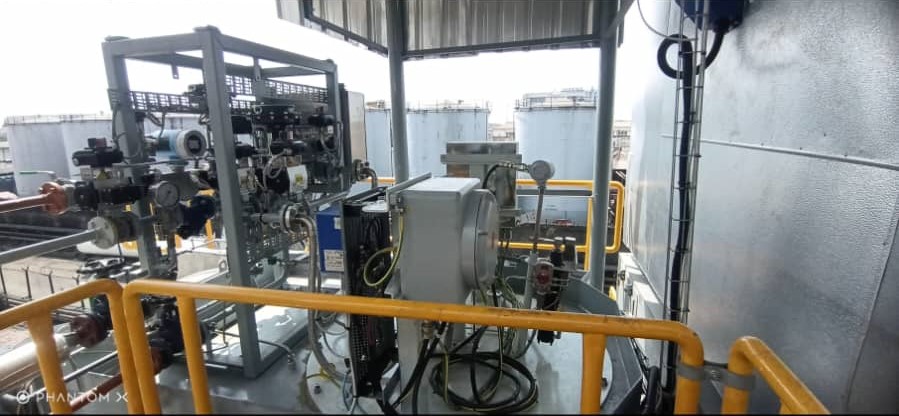
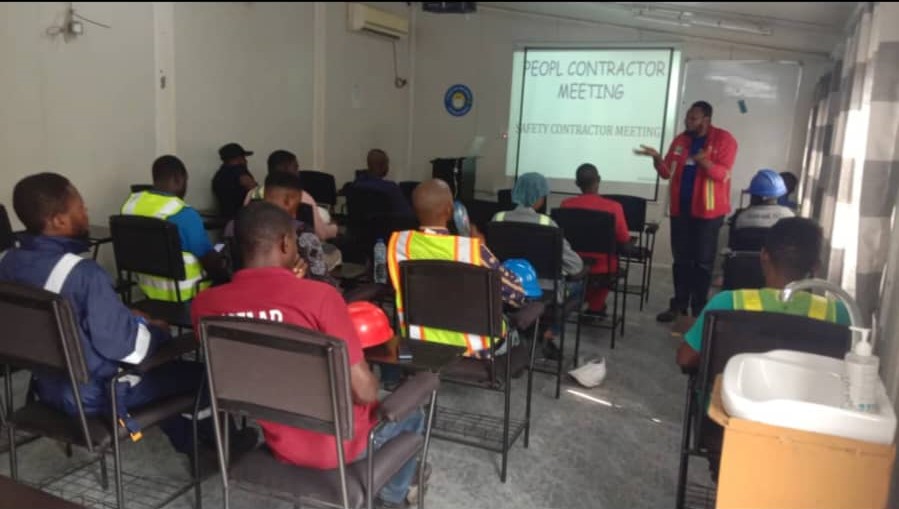
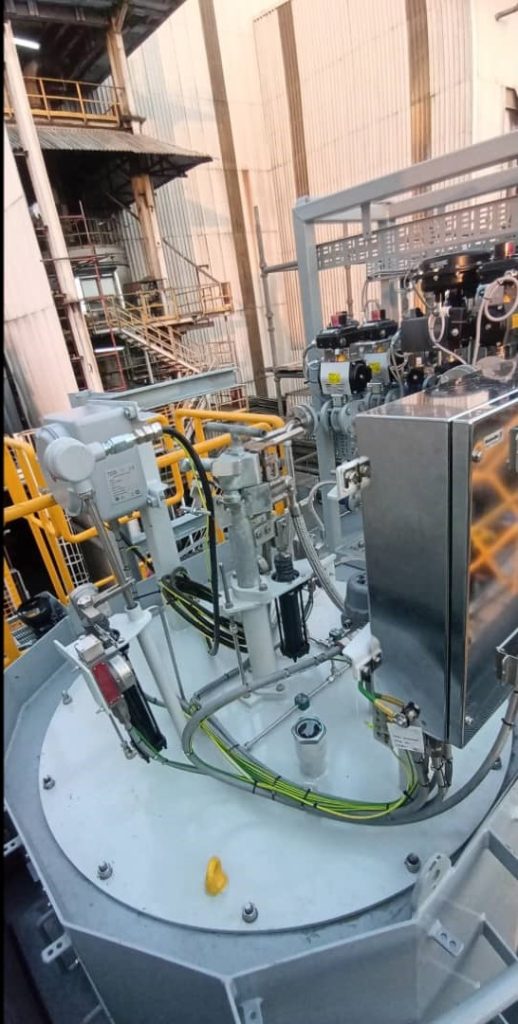
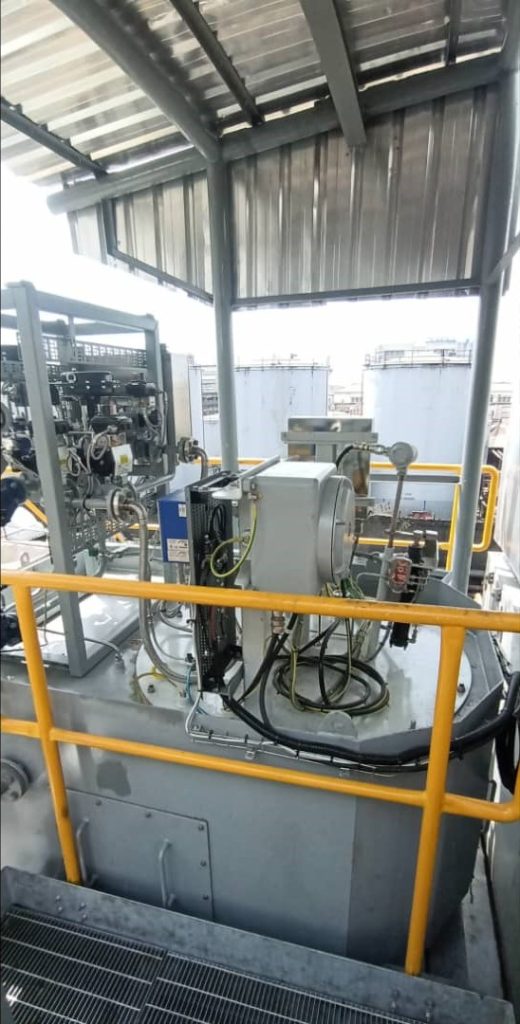
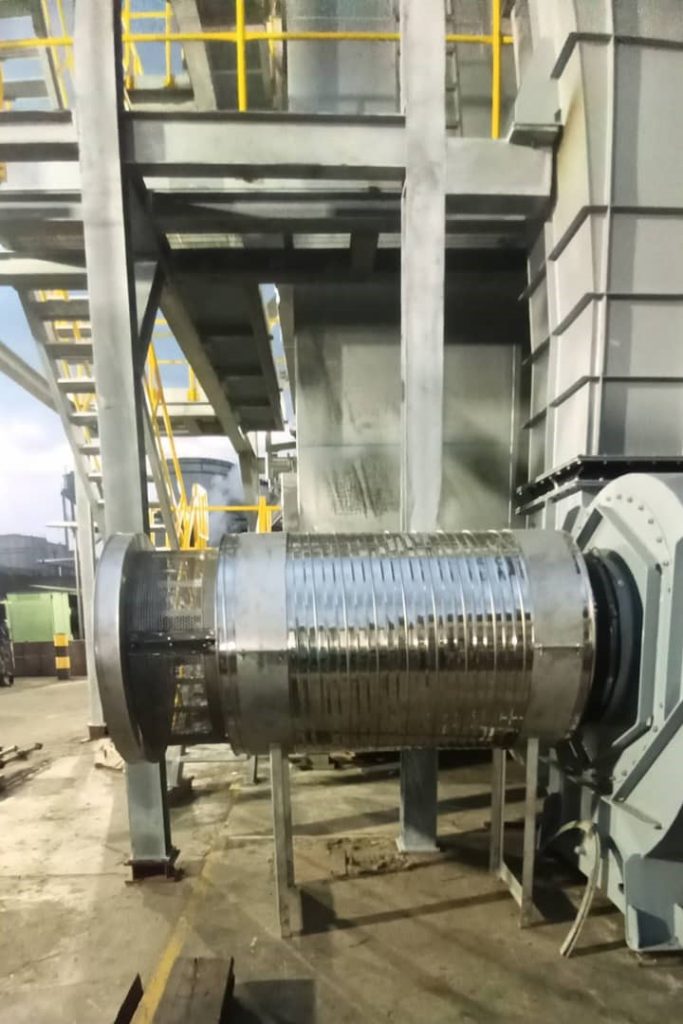
Below is a comprehensive outline of the stages involved in the installation of an industrial boiler:
1. Pre-Installation Preparation
- Site Assessment:
- Evaluate the site to ensure adequate space and conditions for the installation of the boiler and associated equipment.
- Check the alignment with safety regulations, environmental standards, and local building codes.
- Verify that the necessary utilities (electricity, water, gas, steam, etc.) are accessible and meet the required specifications.
- Planning and Design:
- Finalize boiler specifications, capacity, and features based on the facility’s needs.
- Design the layout of the boiler room, including space for the boiler, burners, control panels, water treatment equipment, and exhaust systems.
- Develop piping, wiring, and electrical schematics.
- Procurement of Equipment and Materials:
- Order the boiler unit, auxiliary components (burners, pumps, valves, fans, etc.), and all associated materials.
- Ensure all materials are on-site before installation begins, including any crane or lifting equipment needed for large units.
2. Foundation and Structural Work
- Site Preparation:
- Clear and prepare the installation area for the boiler and its supporting systems.
- Prepare a concrete foundation or base for the boiler and associated equipment. This typically requires:
- Reinforcement of the floor to support the weight of the boiler.
- Ensuring proper drainage and level surfaces.
- Structural Reinforcement:
- If necessary, modify or strengthen existing structures to support the boiler and its auxiliary systems.
- Install supports, brackets, and structures for the boiler, piping, and electrical components.
3. Boiler and Auxiliary Equipment Installation
- Lifting and Positioning the Boiler:
- Using cranes or other lifting equipment, safely position the boiler onto its foundation.
- Ensure that the boiler is level and properly aligned with the piping, electrical, and fuel supply systems.
- Connection of Pipes and Valves:
- Steam and Condensate Lines: Connect the steam outlet and condensate return lines.
- Water Supply and Return: Connect feed water and return lines.
- Fuel Supply: Install piping and valves for the fuel supply (gas, oil, or solid fuels).
- Blowdown and Safety Valves: Install safety and pressure relief valves, as well as blowdown systems for cleaning and maintaining the boiler.
- Electrical Connections:
- Install electrical systems including the main power supply, control panels, and monitoring systems.
- Ensure connections to the burner control, safety interlocks, and other electrical equipment.
- Ensure grounding of the entire system.
4. Installation of Combustion System
- Burner Installation:
- Install the burner system (gas, oil, or coal) into the boiler.
- Connect the burner control panel and necessary safety systems.
- Exhaust and Flue Gas System:
- Install the exhaust stack, flue gas ducting, and any necessary heat recovery systems (economizers, air pre-heaters, etc.).
- Ensure the correct configuration for venting combustion gases to the atmosphere in compliance with regulations.
5. Water Treatment and System Fill
- Water Treatment Equipment:
- Install water treatment systems, such as softeners or demineralization units, to treat feed water before it enters the boiler.
- Connect water treatment equipment to the feed water system.
- System Fill:
- Fill the boiler with water after confirming all connections are secure.
- Perform initial checks for leaks in piping and valves.
6. Control and Monitoring System Setup
- Control Panel Installation:
- Install the boiler’s control panel, including temperature, pressure, and flow sensors, as well as safety and shutdown systems.
- Ensure the control system is linked to the boiler’s instrumentation and is calibrated properly.
- Automation and Communication Systems:
- Configure automation systems for remote monitoring, operation, and control, if applicable.
- Set up alarm systems, data loggers, and communication systems for remote monitoring.
7. Pre-Commissioning and Testing
- Initial System Checks:
- Verify that all systems are correctly installed and all components are properly connected.
- Check all mechanical, electrical, and safety systems to ensure proper installation.
- Leak Testing:
- Perform leak tests on steam, water, and fuel lines to ensure the integrity of the system.
- Electrical Testing:
- Test the electrical systems for proper voltage and functionality.
- Check grounding and continuity of all electrical connections.
- Safety Checks:
- Ensure that all safety devices, such as pressure relief valves, flame detectors, and shutdown systems, are in place and functioning correctly.
- Verify proper ventilation for combustion air and exhaust gases.
8. Commissioning of the Boiler
- Startup Procedure:
- Gradually start up the boiler by bringing it up to operating temperature and pressure.
- Monitor the system during startup to ensure smooth operation and identify any issues early.
- Performance Testing:
- Conduct tests to verify the boiler’s performance, including efficiency, pressure, temperature, and output.
- Perform combustion analysis to ensure optimal burner operation and emissions levels.
- System Calibration:
- Calibrate the boiler’s control and safety systems to ensure they respond correctly under different operating conditions.
9. Training and Handover
- Operator Training:
- Train operators and maintenance staff on the proper operation of the boiler and associated systems, including safety procedures, troubleshooting, and maintenance routines.
- Provide manuals and operational documentation.
- Final Documentation and Handover:
- Complete all documentation for the installation, including as-built drawings, testing results, and compliance certifications.
- Hand over the project to the client, ensuring they are satisfied with the installation and operation of the boiler.
10. Post-Installation Support
- Initial Operational Support:
- Provide technical support during the early stages of operation to resolve any issues and fine-tune the system.
- Maintenance Plan:
- Set up a maintenance schedule for the boiler, including regular inspections, cleaning, and testing of all components to ensure safe and efficient operation.
- Warranty and Service:
- Offer warranty coverage and establish a service agreement for ongoing maintenance and emergency support.
Emdem Tech Integrated Limited ensures that the system is safely, efficiently, and compliantly installed, capable of performing its intended function throughout its operational life.

